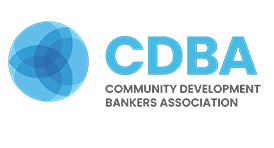Payday Loan Alternatives Becoming More Widely Available
For people who need emergency money quickly, payday lenders have long been among the few available options. They are ubiquitous in the U.S., with an estimated 13,700 storefronts in 2018, many in low-income and Black communities. Although 18 states and Washington, D.C., have strong interest rate caps on payday lending, in others some lenders charge annual interest rates that surpass 600 percent. But in the wake of the COVID-19 pandemic and the inequalities it exposed and exacerbated, there is a renewed focus on the need to counter payday lenders by bringing better, fairer banking services—personal loans, but also mortgages and small business loans—to the primarily low-income people who have long had difficulty accessing them. The federal government as well as corporations and at least one bold name philanthropist are injecting money into Community Development Financial Institutions (CDFIs), financial service providers whose mission is to bring financial services to low-income communities and people within rural, urban, and Native communities—the places many traditional banks have largely excluded. The game-changing infusion amounts to billions of dollars’ worth of investment.
